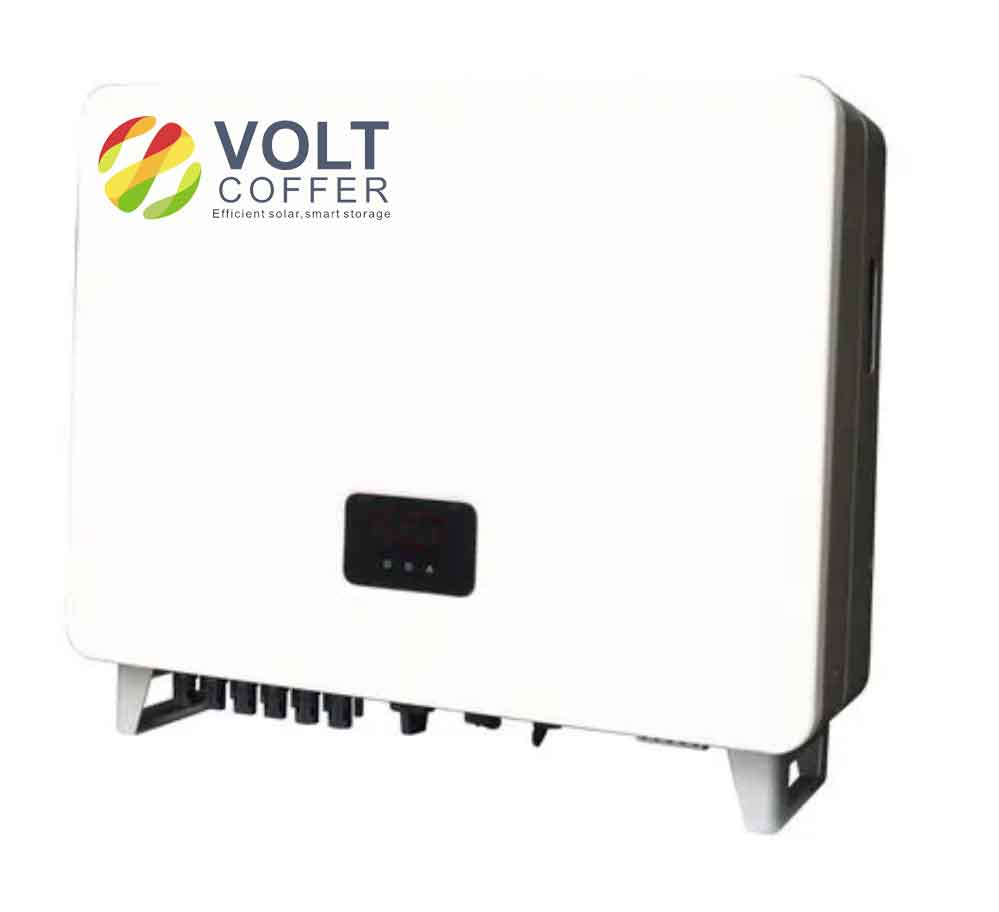
The economic benefits and payback periods of islanding inverters in solar installations can be substantial, depending on several factors including system design, local energy prices, incentives, and the specific features of islanding inverter itself. Here’s an overview of the key economic benefits and how payback periods can be calculated:
Economic Benefits
- Increased Energy Autonomy:
- Islanding capability allows solar systems to continue operating independently of the grid during outages. This can lead to increased energy security and reliability for the owner, potentially avoiding costs associated with power outages.
- Optimized Energy Consumption:
- With smart management systems, islanding inverters can help optimize energy consumption by prioritizing solar energy usage, reducing reliance on grid electricity, and minimizing electricity bills.
- Potential for Selling Back to the Grid:
- In grid-tied systems, surplus energy can be sold back to the grid, generating revenue. The ability to island may enhance this capability by allowing more strategic interaction with grid demand and energy pricing.
- Enhanced Grid Services:
- Advanced islanding inverters can provide ancillary services to the grid such as voltage control and frequency regulation. These services can sometimes come with financial incentives from utilities.
- Incentives and Rebates:
- Some jurisdictions offer incentives, rebates, or tax credits for installing solar systems with advanced features like islanding, which can directly reduce the initial investment costs.
Calculating Payback Periods
The payback period is the time it takes for the savings and revenues from the solar system to cover the initial investment costs. To calculate the payback period of a solar installation with an islanding inverter, consider the following steps:
- Initial Costs:
- Include the cost of the solar panels, inverter, installation, and any additional equipment required for islanding capabilities.
- Operational Savings:
- Calculate the monthly savings on electricity bills due to reduced grid energy consumption. Include any earnings from selling back energy to the grid if applicable.
- Maintenance Costs:
- Account for regular maintenance costs of the solar system which could slightly offset savings.
- Incentives:
- Subtract any government or utility incentives from the initial cost to find the net initial investment.
The formula to calculate the payback period is:

Where:
- Net Initial Investment is the total initial costs minus any incentives.
- Annual Savings includes annual reductions in electricity costs plus any revenue from energy sent back to the grid.
Example Calculation
Imagine an initial investment of $15,000 for a solar system with an islanding inverter. Assume annual savings of $1,200 from reduced utility bills and an additional $300 from selling power back to the grid, totaling $1,500 per year in benefits.

This is a simplified example, and actual calculations should take into account varying energy prices, potential increases in utility rates, changes in consumption patterns, and the lifespan and degradation of solar panels.
Overall, while the upfront cost of islanding inverter can be higher, their ability to provide energy security, optimize usage, and potentially generate income can make them a financially viable option in many scenarios.
